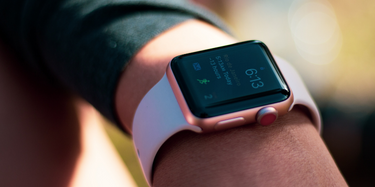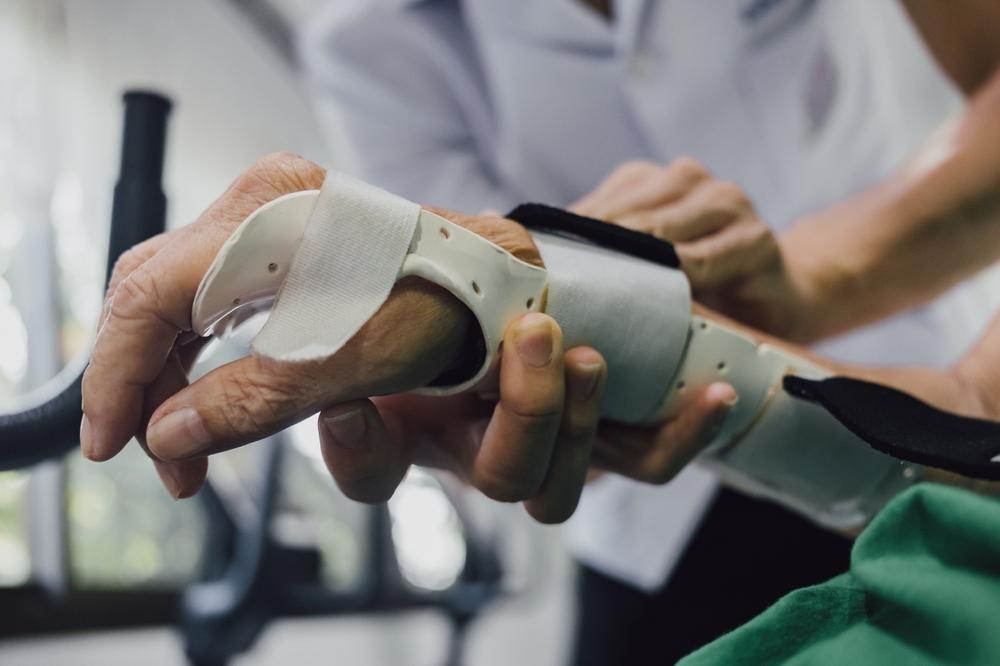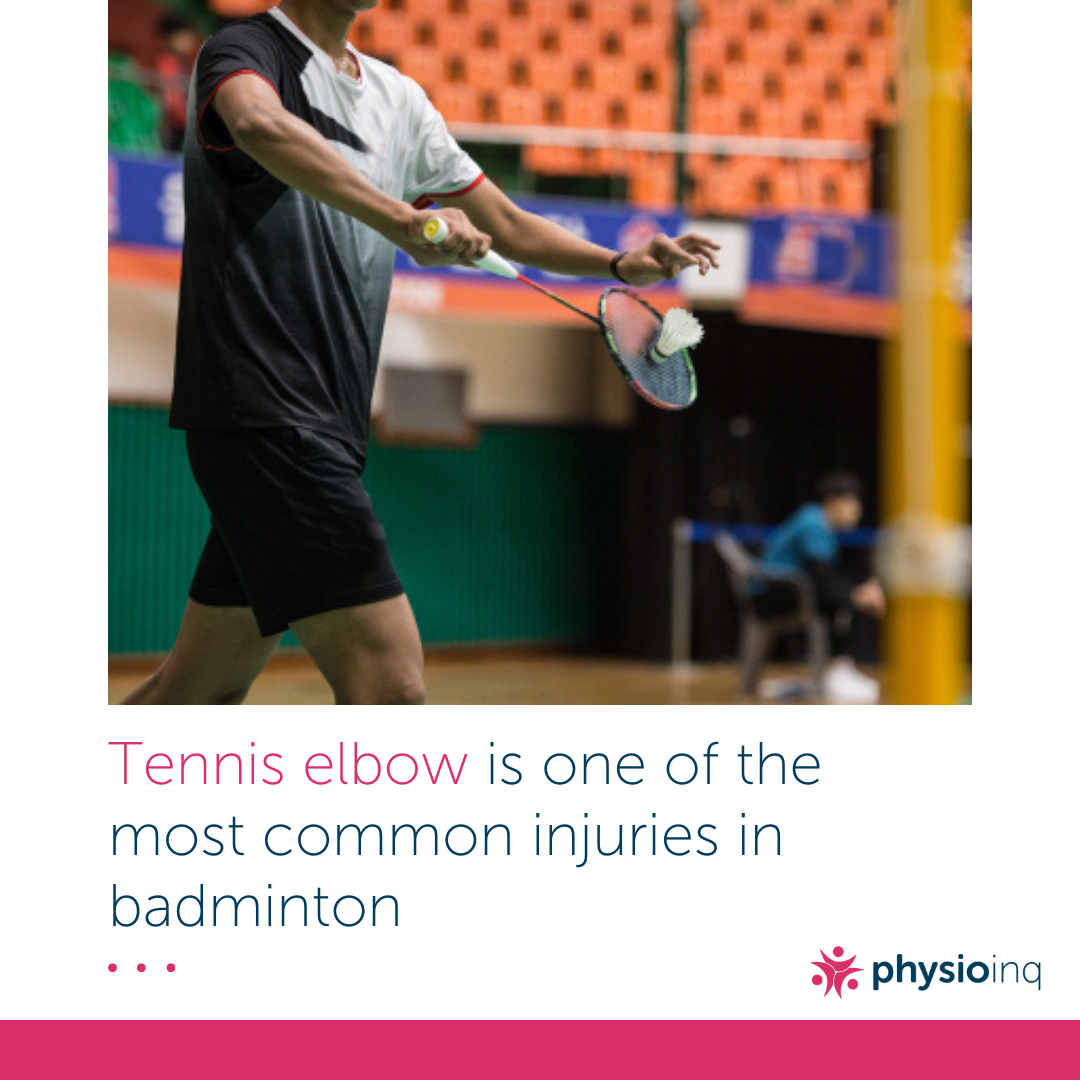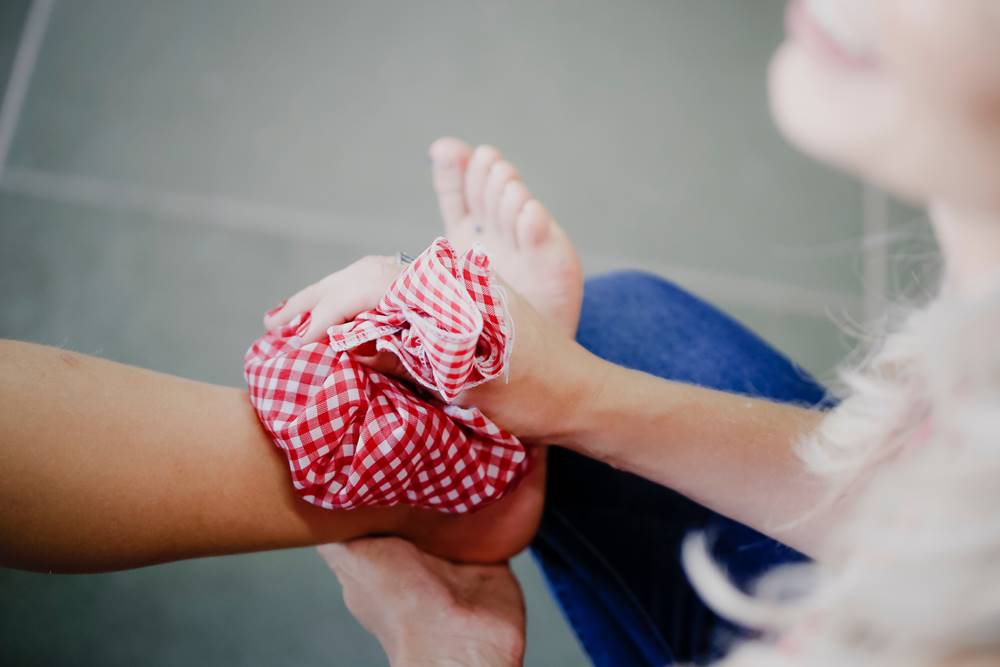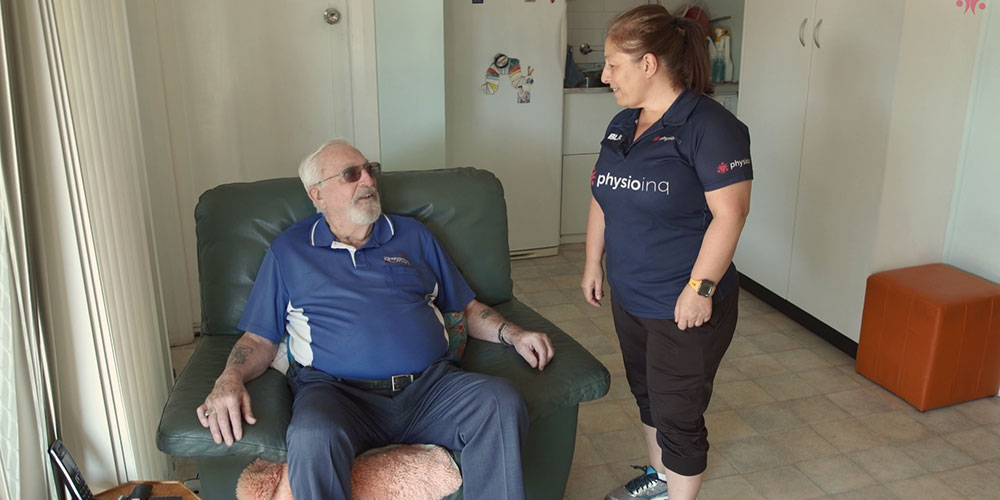Make an Appointment
Gamer’s wrist as an injury may seem strange to some. After all, traditional injuries relating to gross motor skills such as sporting injuries, arm and leg injuries often come to mind. However, in some circumstances, people may ignore the muscles, tendons, and ligaments at work when we use our fine motor skills.
And gamers aren’t the only ones at risk of developing gamer’s wrist. Anyone who uses a keyboard and a mouse for extended periods of time (which these days includes most of the population) is at risk of developing at least some symptoms of gamer’s wrist.
In our blog, we’re going over, in more detail, what gamer’s wrist actually entails, the causes and symptoms of gamer’s wrist, how to prevent gamer’s wrist pain and some of the best hand and wrist exercises for gamers.
Now, without any further ado, let’s get started.
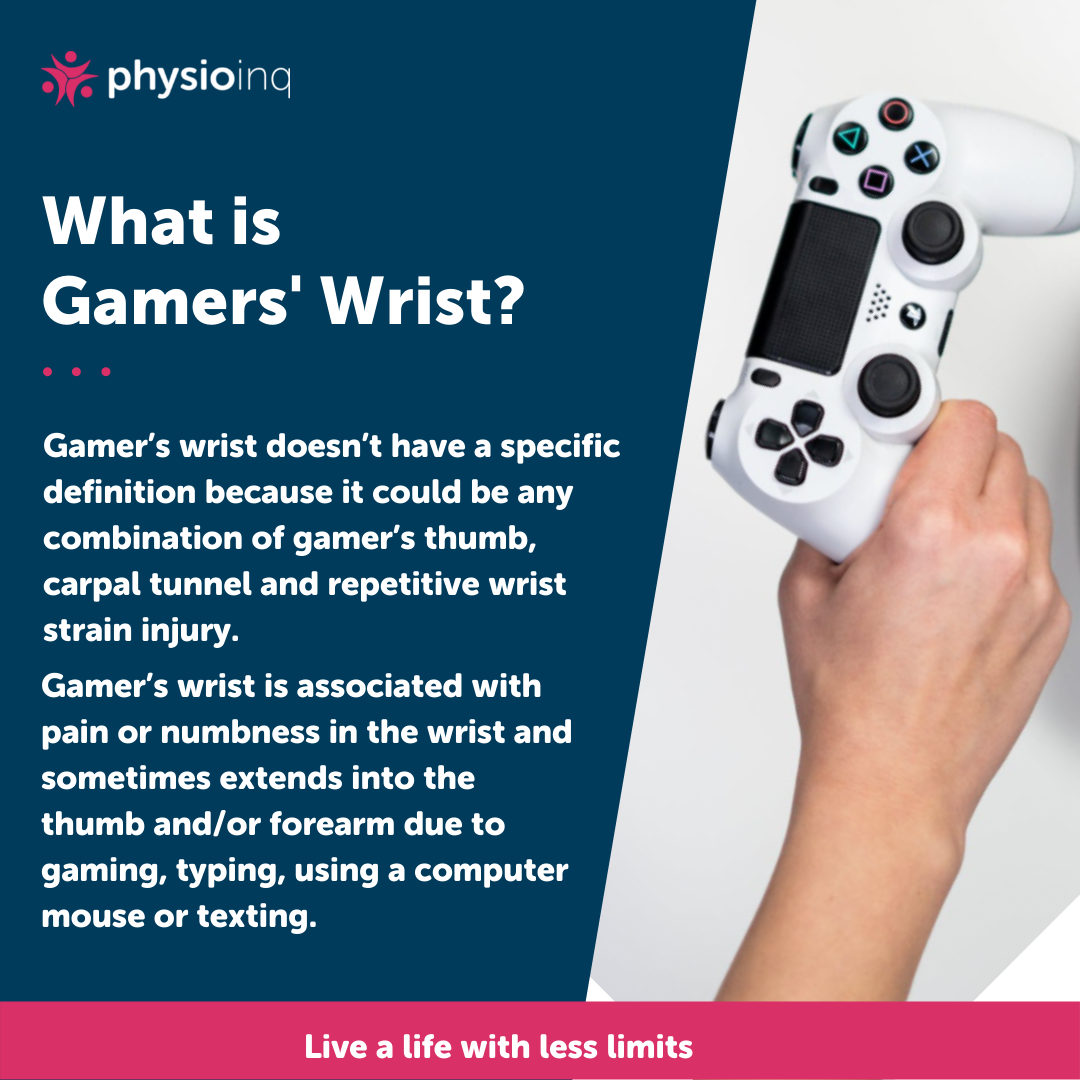
What is gamer’s wrist?
Gamer’s wrist doesn’t have a specific definition because it could be any combination of gamer’s thumb, carpal tunnel and repetitive wrist strain injury.
Gamer’s wrist is associated with pain or numbness in the wrist and sometimes extends into the thumb and/or forearm due to gaming, typing, using a computer mouse or texting.
Let’s go over each of these issues briefly.
What is the difference between Gamer’s Wrist and Gamer’s Thumb?
Gamer’s thumb is often confused for a gamer wrist injury as the pain from gamer’s thumb can travel down the arm. However, gamer’s thumb is potentially only one part of a gamer’s wrist injury.
Gamer’s thumb is another name for an injury also known as De Quervain Syndrome. It happens when the tendons around the thumb that extend into the wrist become inflamed due to repetitive movements.
Those who play games either on a computer or using a console are susceptible to gamer’s thumb but other risk factors include your sex (females are more prone to gamer’s thumb) and your age.
Carpal Tunnel
Carpal tunnel can also contribute to gamer’s wrist as it’s caused by inflammation of the medial nerve which runs through your wrist and up into your hand. Carpal tunnel can cause numbness and pain in your hand and wrist and is a common “desk job” injury.
However, gamers often also experience carpal tunnel due to repetitive hand movements but a poor setup and poor posture can also contribute to its effects.
Repetitive Wrist Strain Injury
Finally, a more generalised injury known as repetitive wrist strain injury is the third aspect of what may contribute to gamer’s wrist. Simply put, it’s an injury caused by a repetitive motion that results in a strain of the wrist muscles.
In the same way that any muscle in your body can become strained when pushed too far, your wrist muscles can experience tiny tears in the muscle fibres that, over time, can develop into a painful strain.
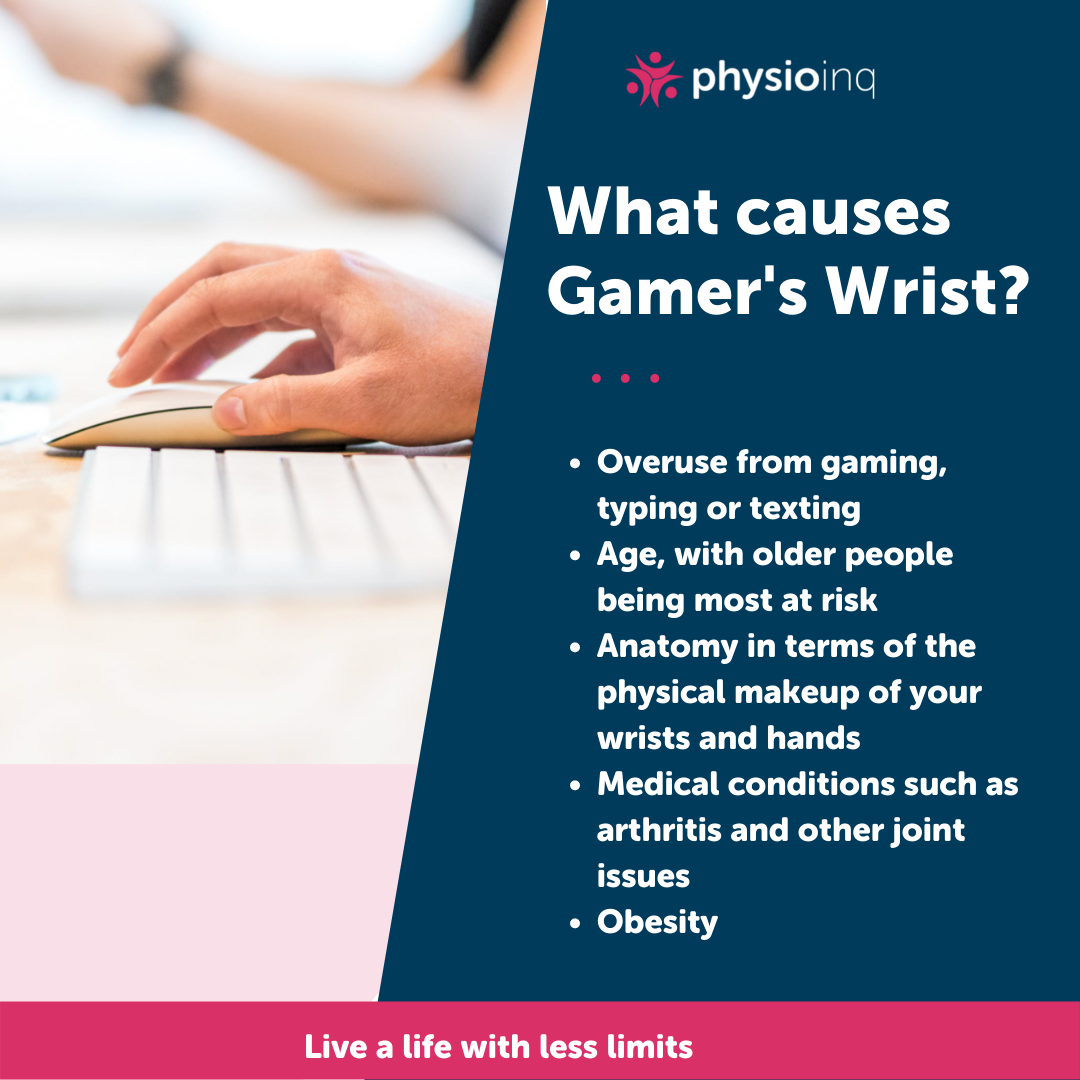
What causes gamer’s wrist?
Gamer’s wrist is caused by a variety of factors including:
- Overuse from gaming, typing or texting
- Age, with older people being most at risk
- Anatomy in terms of the physical makeup of your wrists and hands
- Medical conditions such as arthritis and other joint issues
- Obesity
For our intents and purposes, we’ll talk about gamer’s wrist in the context of overuse. Gaming, whether on the computer or using a video game console, can cause gamer’s wrist due to the overuse of specific muscles in your hand and wrist.
But, anyone who does a lot of typing or texting (in a way that overuses the same muscles that a gamer would), can also be at risk of developing gamer’s wrist.
Repetitive motion can cause inflammation which leads to injury and, often, overusing a specific muscle without breaks or proper care can lead to pain and discomfort. In fact, if you leave gamer’s wrist untreated, it can be irreversible.
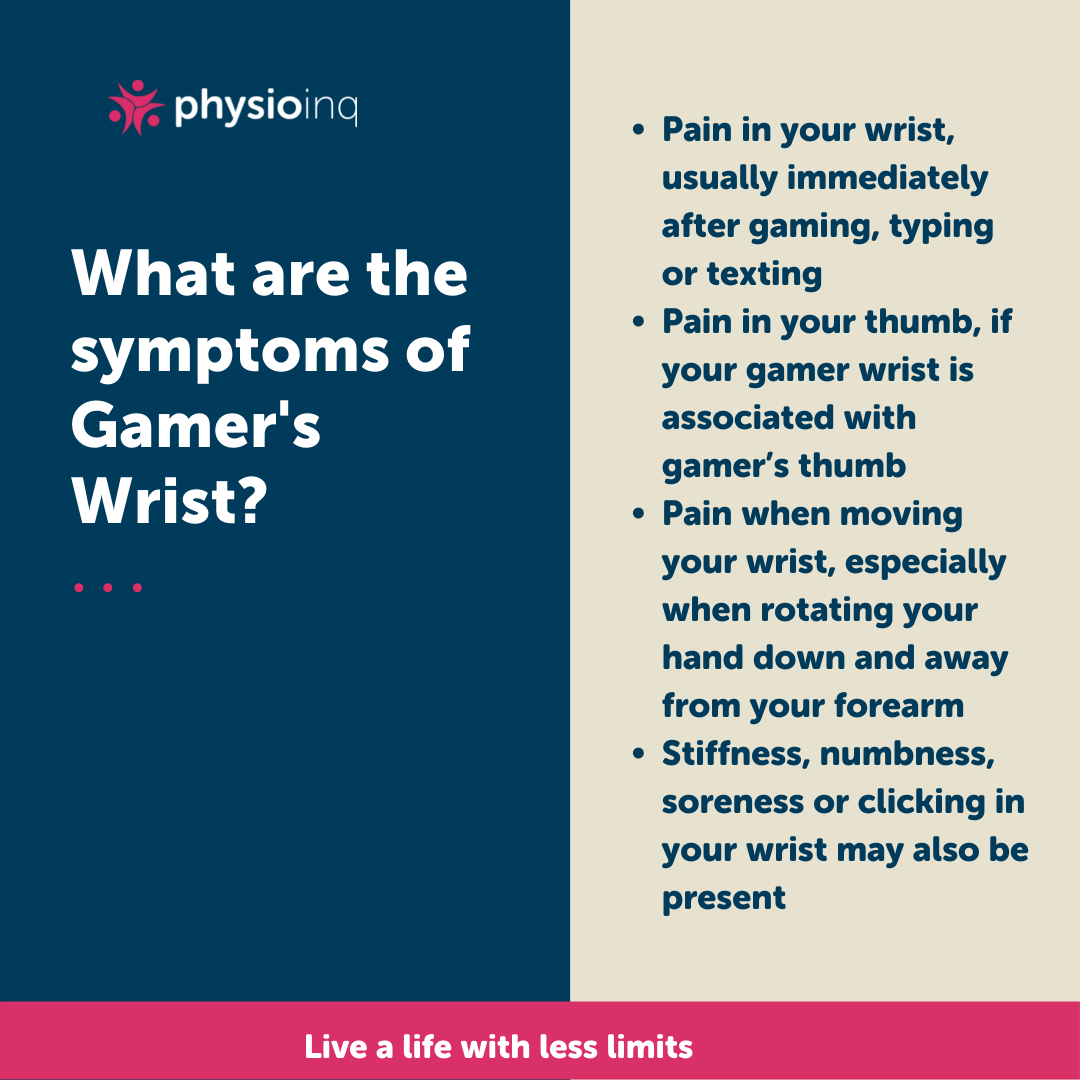
Symptoms of Gamer’s Wrist
Some of the most common symptoms of gamer’s wrist include:
-Pain in your wrist, usually immediately after gaming, typing or texting
-Pain in your thumb, if your gamer wrist is associated with gamer’s thumb
-Pain when moving your wrist, especially when rotating your hand down and away from your forearm
-Stiffness, numbness, soreness or clicking in your wrist may also be present
In short, the main sign of gamer’s wrist is pain and it can be enough pain that it might prevent you from gaming at all. So, if you want to continue to game safely without injury, there are some preventative measures you should take.
How to Prevent Gamer’s Wrist
Some of the best ways to prevent gamer’s wrist include:
Improve your ergonomics: Get a high-quality gaming chair, desk chair and/or desk setup and use it properly to make the most out of your energy.
Work on your posture: Interestingly, good posture can help a great deal towards preventing gamer’s wrist as good posture helps your body use energy more efficiently, putting less stress on your joints.
Take breaks: Every 30 minutes of gaming or typing, take a break to allow your hands and wrists to rest.
Warm up before gaming: Although gaming and typing uses mostly fine motor skills, your muscles and joints still need to warm up. Treat gaming like you’d treat any other sport to help prevent gamer’s wrist.
Stretch in between gaming sessions: When you’re not gaming or typing, set aside time to do some proper wrist stretches. You might even consider seeing a physio to teach you the safest ways to stretch your wrist for gaming or working on the computer.
Treatment for Gamer Wrist Pain
The best treatment for gamer wrist pain is rest. Before you try anything else, you’ll need to rest if you’re suffering from gamer’s wrist. Depending on the severity of your gamer’s wrist, you may need to rest for not only days but weeks before you can start gaming again.
Once you rest and start to recover, make an appointment with a physiotherapist to treat your gamer’s wrist.
Here are some hand and wrist exercises for gamers that you might learn with the guidance of a physio to treat your symptoms.
Hand and Wrist Exercises For Gamers
Ball Squeeze and Release
Often practised by mountain climbers to improve the strength of their hands, your physio might work with you using a special ball that has attachments wrapped around your fingers to keep the ball in place.
With this ball, you’ll be able to strengthen your hand and finger muscles by squeezing the ball and then completely opening your hand in an outstretched position.
Web Grips and Twists
Using a special webbed tool, your physio might also work with you to squeeze the web into a fist and open your fingers out wide to improve your hand strength and mobility. This should help prevent any gamer wrist pain and other fine motor skill-related issues.
Digi Flex Finger Exercises
A digi flex tool has springs to help strengthen your hand and finger muscles by isolating each finger. These springs offer resistance to your fingers that can help to prevent gamer’s thumb, gamer’s wrist and other hand or wrist injuries related to gaming.
Pectoral Corner Stretch
Standing in a corner, you’ll place your forearms in a 90-degree angle, leaning your chest gently forwards into the corner. This stretch is meant to expand your chest and improve your posture.
Interestingly, over time, prioritising better posture both while you’re gaming and in general, can actually help to prevent injuries related to gaming in your wrist and hands.
--
At the end of the day, working with a physiotherapist is key to preventing gaming injuries such as gamer’s wrist.
If you’re a daily gamer or even if you work on a computer every day, working with a physio should definitely be a consideration to protect the muscles, tendons and ligaments within your hands and wrists.
Book an appointment with our Physio Inq Mobile Physios who can come to you and work on these stretching and strengthening exercises. Call us today!
Our Mobile Physio offers community physiotherapy that’s convenient for Australians nationwide. When you book a mobile physio appointment, you’ll get the physiotherapy you need wherever you are and you’ll never cancel an appointment again!
Meet our Mobile Physiotherapist Kiera Ryan
Date Published: Wednesday, October 27, 2021
Locate a Paediatric Physiotherapy
Service Near me
Get the experience & convinence you deserve to support your or a loved one's allied health needs.
Our Paediatric Physiotherapy team are currently serving & taking appointments in the following states and regions in Australia:
New South Wales
- Blacktown
- Blue Mountains
- Campbelltown And Macarthur
- Canterbury-Bankstown
- Eastern Suburbs Sydney
- Georges River
- Hawkesbury
- Inner East Sydney
- Inner West Sydney
- Lake Macquarie
- Lower North Shore
- Newcastle
- Northern Beaches
- North Sydney
- Parramatta
- Penrith
- South West Sydney
- Sutherland Shire
- Sydney CBD
- The Hills Shire
- Upper North Shore
- Waverley
- Wollongong
Tasmania
Victoria
Need to get into direct contact with ur Client Services team? We're all ears. Call our team directly on 1300 731 733
